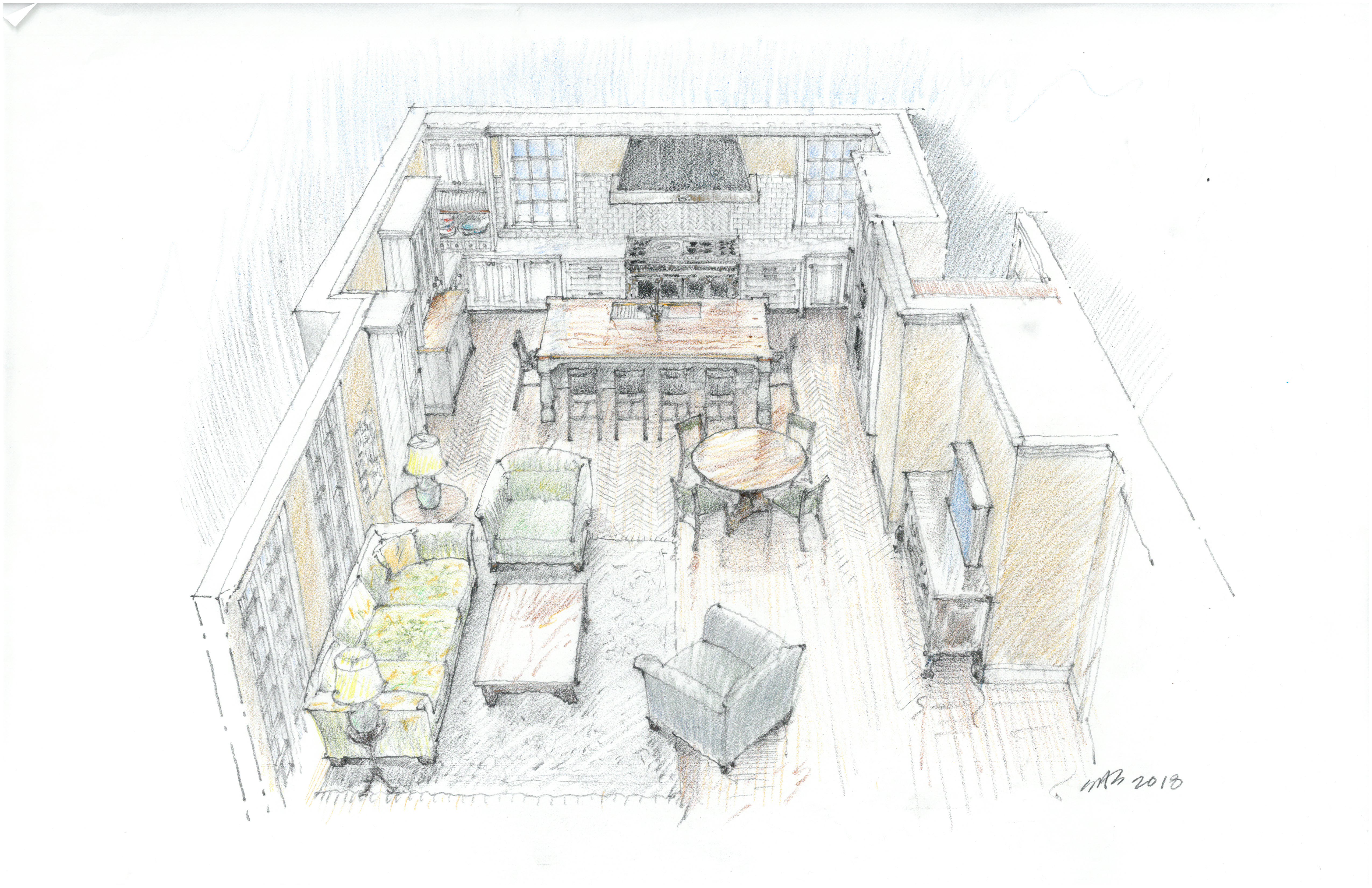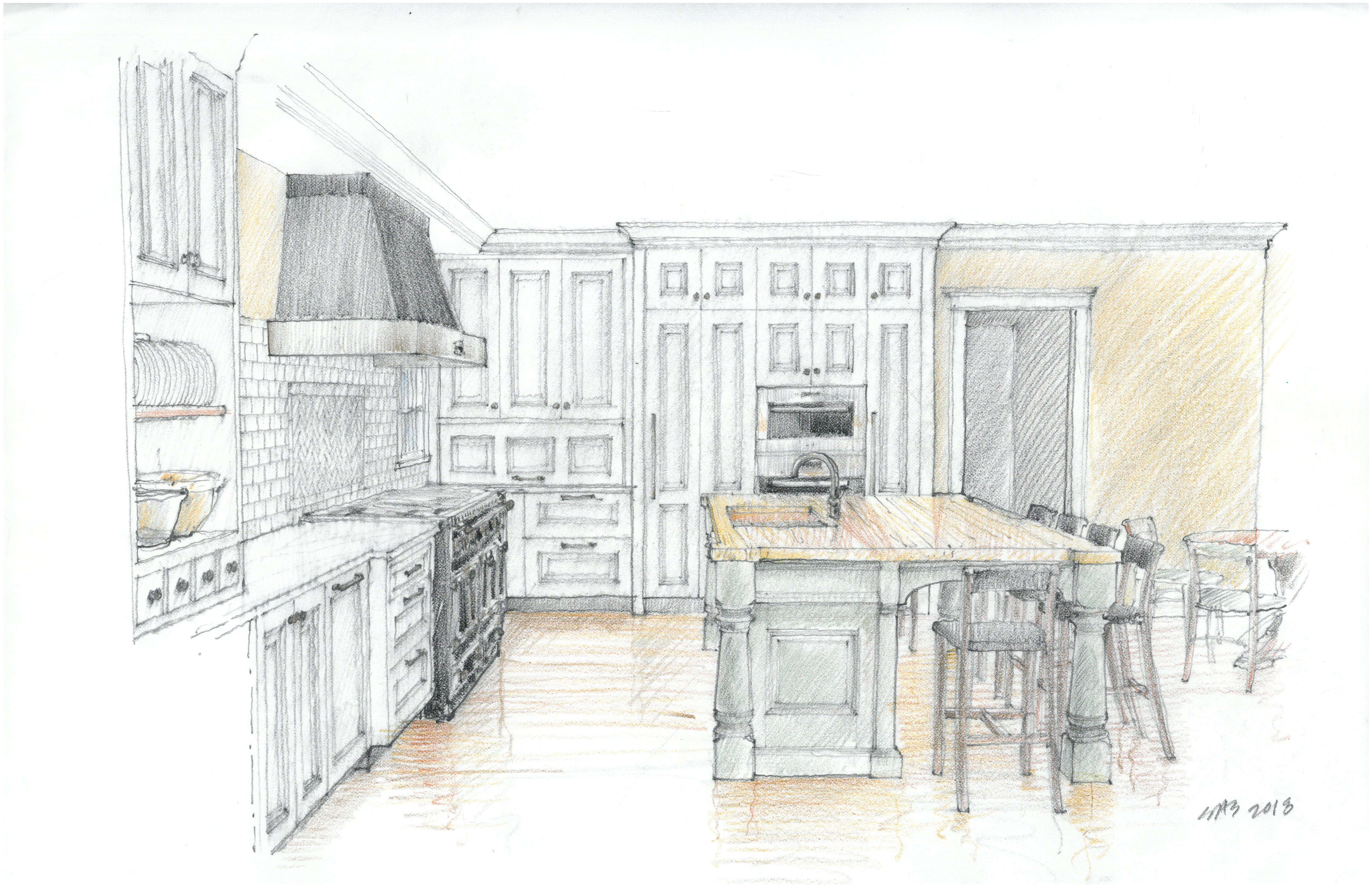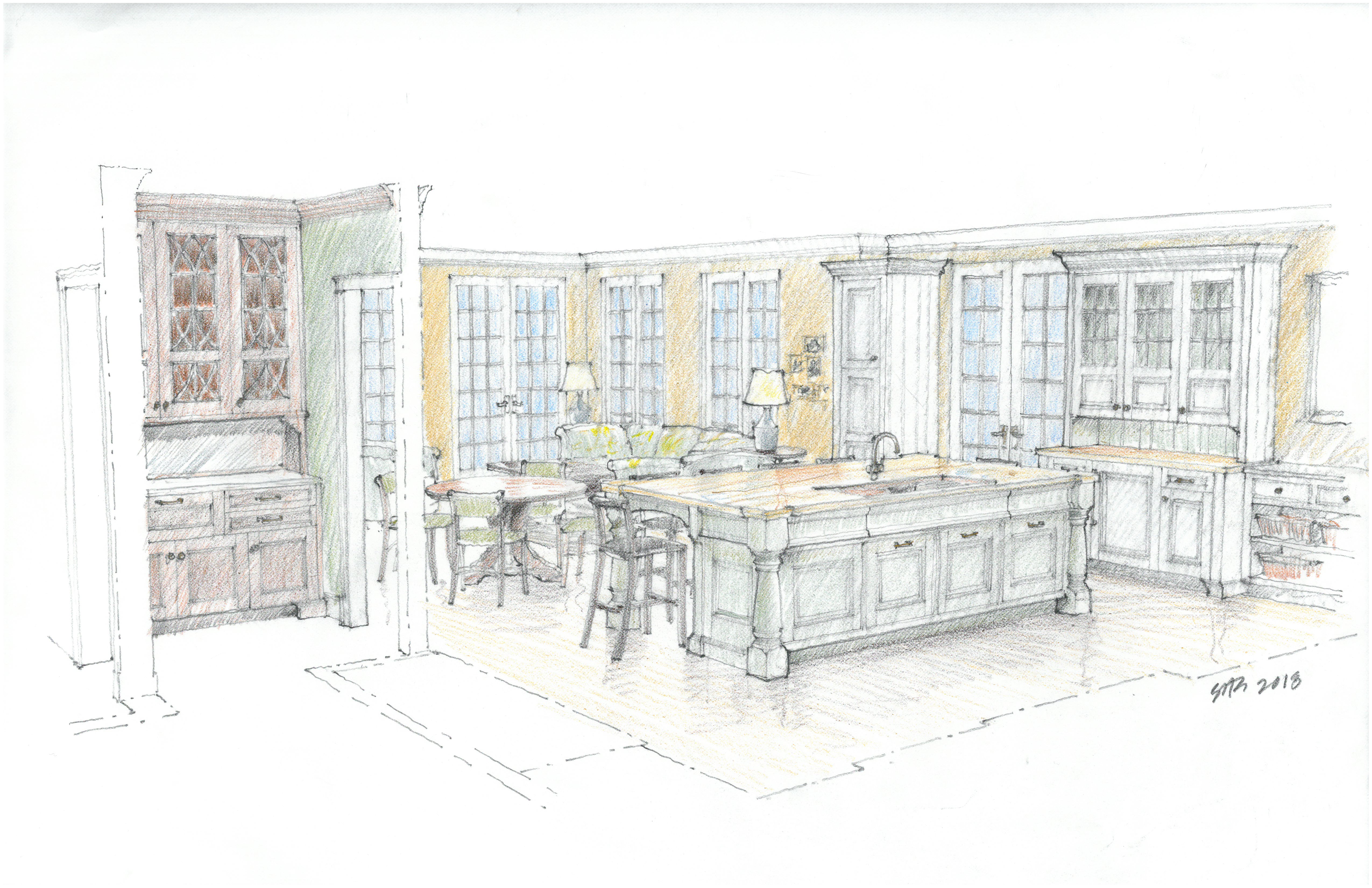On a bright, brisk Sunday afternoon in April, with household chores beaten back and feeling a longing for rural vistas, we bundled ourselves into my new old Saab to do some bike route reconnaissance in the northern Virginia countryside. Avoiding the crowded interstate highways, we picked our way across Bethesda, past oversized new houses in the outer Washington suburban developments, and crossed a steel truss bridge over the Potomac into Virginia at Point of Rocks.
Abandoning maps and online route finders, we followed winding roads with sparse traffic through woods and open fields, the gently rolling landscape unscrolling. On an intuitive impulse, we turned down a road that disappeared into a hollow with a view of the distant Blue Ridge and a glimmer of waterway through the still bare trees.
We were greeted by this scene. A very small town surrounded by pastures and woodlots, announced by an imposing four story brick mill with a mansion tucked behind a scrim of big old trees on the hill above. A graveled pull off beside the road beckoned me off the pavement, and we stepped out into a pastoral scene from the 18th century.
Ina wandered off exploring the town while I squatted with my sketchbook balanced on my knee, huddled under the chilly breeze in the marshy weeds next to the mill. After drawing this impression, I joined her on her walk and we strolled up and down the old streets, peering between houses into intimate, partially hidden courtyards and across fields where sheep grazed. The occasional barking dog, a friendly wave from residents on a stone patio behind an iron fence. A landscape painter's studio and gallery, the door open, trustingly unattended. Quiet, peaceful.
Waterford, Virginia was established in 1733. It gained distinction during the Civil War as the only place in Virginia that spurned the Confederacy and kept its allegiance to the Union. It was a place where escaped slaves and free African Americans were welcome. The entire town was designated a National Historic Landmark in 1970, one of only three in the entire United States. Its well preserved old homes and buildings stand proudly as a testament to the ideal of embracing all without prejudice or bigotry. A moving tribute in these turbulent times when inclusiveness is being threatened and our very democracy seems at risk once again from within.
And of course, a lovely outing on a beautiful day, to a place we'd not planned to find. The best destinations are often the least expected.
 waterford mill, waterford, virginia; 11-1/4 x 7-1/2, pen and ink
waterford mill, waterford, virginia; 11-1/4 x 7-1/2, pen and ink
 Saturday, April 21, 2018 at 1:11PM
Saturday, April 21, 2018 at 1:11PM 






